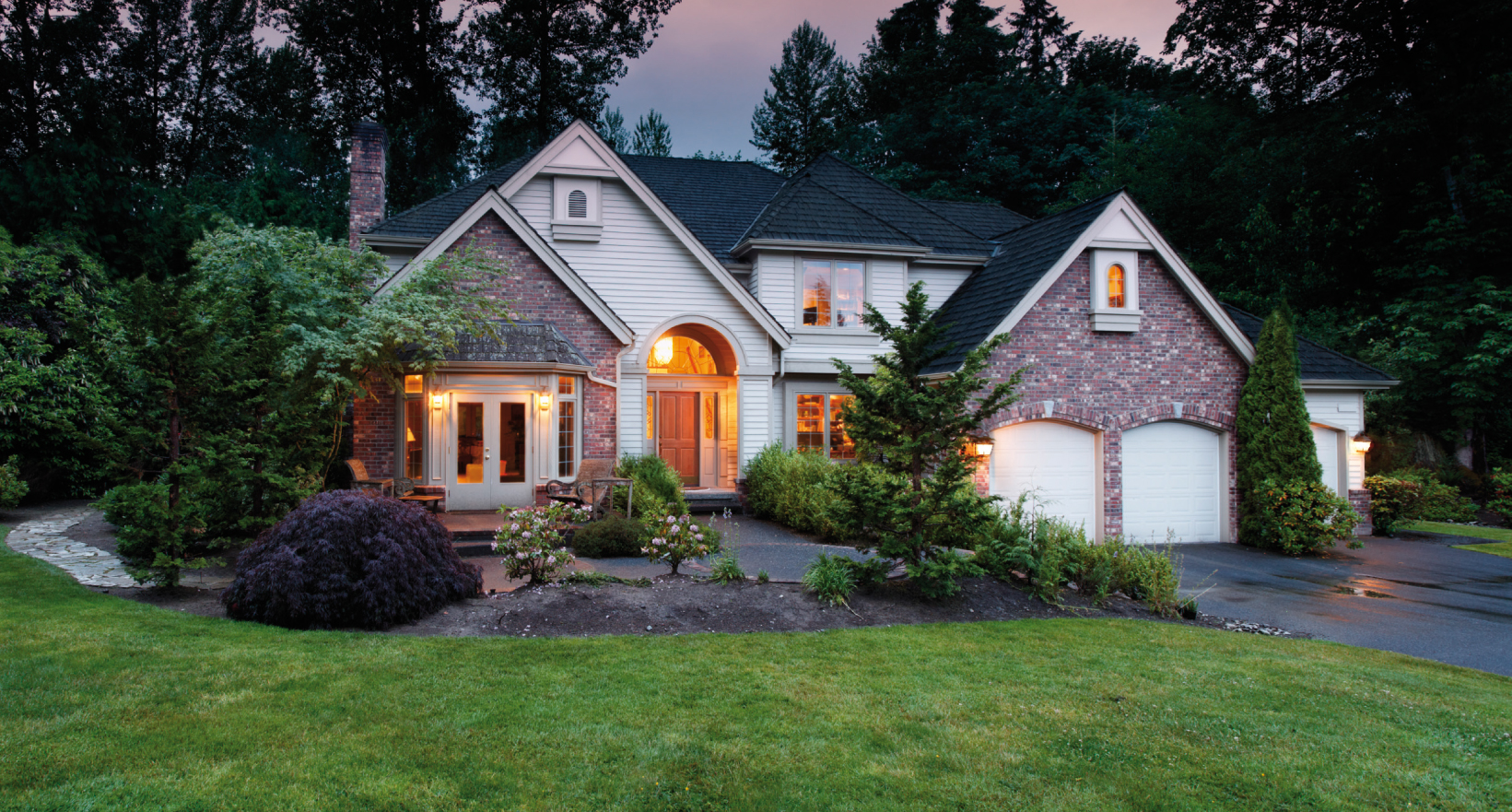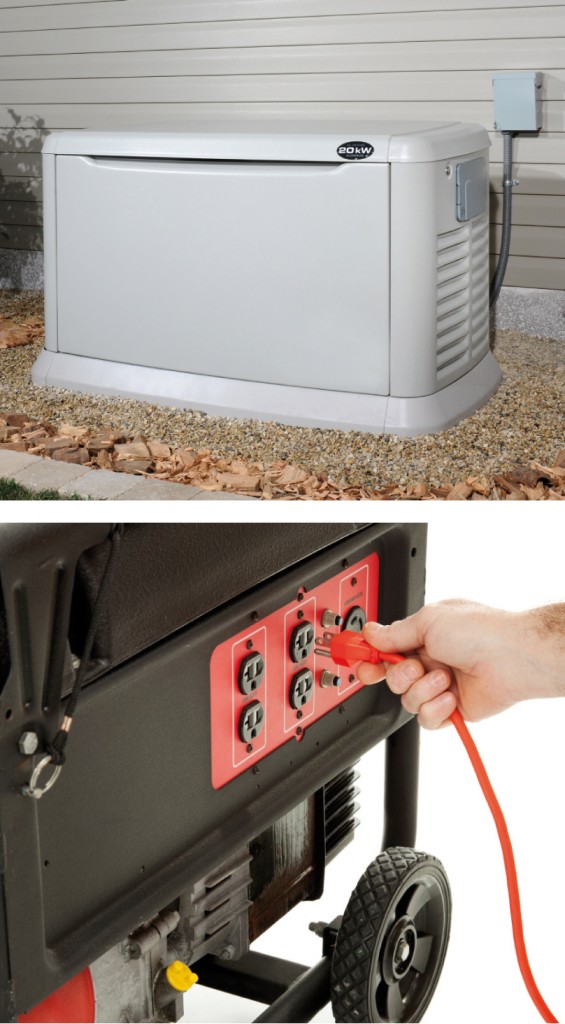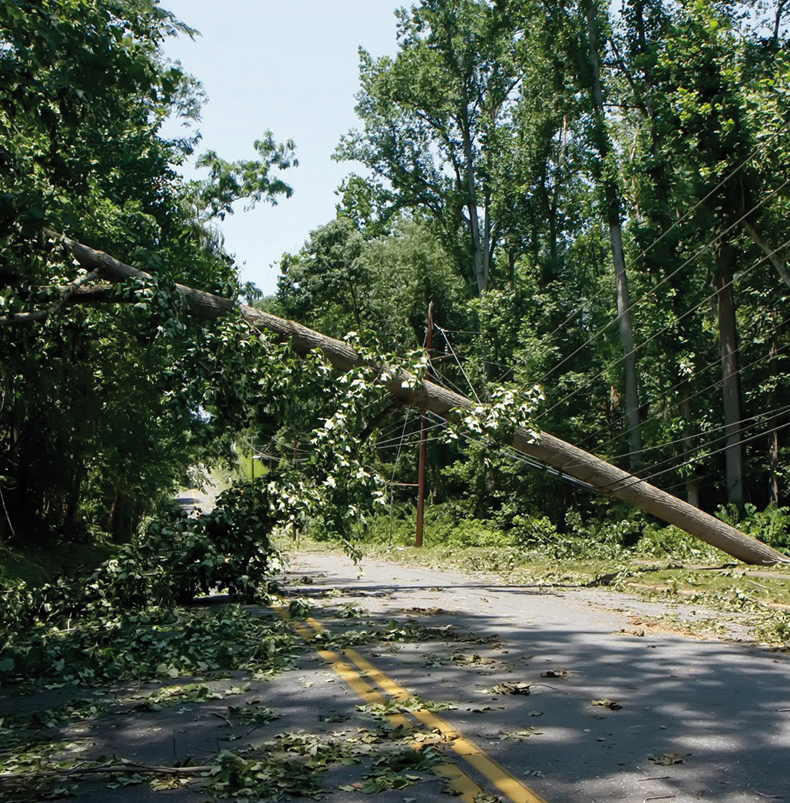Home Generators: Power Up When the Power’s Out
 “It was a dark and stormy night. Marsha stumbled through the inky blackness of her living room as a driving rain pelted the windows…” Sounds like the beginning of a scary novel, doesn’t it? But really it’s just the beginning of a dark, cold night for Marsha and her entire neighborhood, because a storm has just knocked power out to a large portion of their county. I’ve always wanted to use that opening line somewhere, and for this article on home generators, it seemed like a perfect fit. Because even though Marsha is probably not in danger of being targeted by a burglar, the next few days could be a bit stressful for her and her neighbors.
“It was a dark and stormy night. Marsha stumbled through the inky blackness of her living room as a driving rain pelted the windows…” Sounds like the beginning of a scary novel, doesn’t it? But really it’s just the beginning of a dark, cold night for Marsha and her entire neighborhood, because a storm has just knocked power out to a large portion of their county. I’ve always wanted to use that opening line somewhere, and for this article on home generators, it seemed like a perfect fit. Because even though Marsha is probably not in danger of being targeted by a burglar, the next few days could be a bit stressful for her and her neighbors.
It really doesn’t matter what month of the year it is; power outages can occur at any time. Heavy rains, snow or ice, high winds, summer heat and excessive power loads, an errant driver, a lightning storm, or even a squirrel touching the wrong part of a transformer can all lead to power loss.
When these types of electrical outages happen, it’s usually the duration of the power outage that determines whether it’s a minor inconvenience or a devastating situation. While we can’t control any of this, we can at least think ahead and try to be prepared. Consider these scenarios: What if someone in your home has a medical condition and is dependent on a device that requires electricity? What if you work from home, and need electricity to run your business? What if that waterproofing system you installed to keep your basement dry during heavy storms requires electricity to function? Any prolonged outage could have serious implications. During the long-term power outage we experienced on much of the East coast this past summer, my home was without power for four days. Unless your plan is to give away or toss all the food in the refrigerator and freezer, lock the doors, and go stay with friends or relatives, you need a generator.
 When considering a home generator, you basically have three choices: a portable generator and a few extension cords; a portable generator that is connected to your home’s main electric panel; or a standby generator that is connected to your home’s main electric panel.
When considering a home generator, you basically have three choices: a portable generator and a few extension cords; a portable generator that is connected to your home’s main electric panel; or a standby generator that is connected to your home’s main electric panel.
The portable generator and extension cord solution is obviously the easiest and least expensive choice. A small- to medium-sized portable generator will put out between 1,000 to 5,000 watts, and will cost around $400 to $800. With this setup, you will be able to run most of the electrical items in your home that are plugged into a typical wall outlet. This would include your refrigerator, freezer, cell phone charger, microwave, computer, fan, small air-conditioning window unit, coffee maker, and the like. You won’t be able to run everything at once, but if the weather is not extremely hot or cold, and if you happen to like camping, you might be just fine for a few days.
Your next choice would be to purchase a larger portable generator, usually between 6,000 to 10,000 watts, and temporarily connect it to the home’s main electric panel. This is where a very dangerous mistake is often made, because if you don’t connect the generator to the electric panel properly, you can “back feed” electricity into the main service cable that comes into your home. This “back feeding” of electricity could hurt or even kill a technician working on the downed power lines. For this reason, you must bring the electricity from the generator into your home through what is called a “manual transfer switch,” which prevents the possibility of back feeding electricity. The cost of this type of larger portable generator will be around $1,000 to $1,600. The manual transfer switch is around $300 to $400, and unless you are an electrician, you will need to pay someone to install this switch at a labor cost of around $200. The electrician will also have to get a permit for this installation. Now you’ll be able to run such things as the water heater, the well pump, a heat pump and lights, and the other plug-in essentials like coffee pots and refrigerators. Again, you won’t be able to run everything at once, but life will be a bit closer to normal.
 The last choice is to go all-out and have an electrician install what is called a “standby” generator. This beauty is connected permanently to the main electric panel of the home through an “automatic transfer switch.” As soon as you lose power to your house, the generator will automatically come on and the switch will automatically be made from power company electricity to generator electricity. A small standby generator will provide around 6,000 watts of electricity and cost between $3,000 and $4,000 for both parts and installation. You won’t be able to run the furnace or the whole-house air conditioner with only 6,000 watts, but your power will be available whether you are home or not. If there are things in your home that must stay on, then this could be an affordable solution. A medium-sized standby generator will provide around 16,000 watts and cost between $5,000 and $6,000. It will also come on automatically and is large enough to simultaneously run a furnace or the whole-house air conditioner along with a few other high electrical consumption items such as the water heater, well pump and refrigerator. A large standby generator will provide around 40,000 watts, cost between $14,000 and $16,000, and should be able to operate almost everything in your house.
The last choice is to go all-out and have an electrician install what is called a “standby” generator. This beauty is connected permanently to the main electric panel of the home through an “automatic transfer switch.” As soon as you lose power to your house, the generator will automatically come on and the switch will automatically be made from power company electricity to generator electricity. A small standby generator will provide around 6,000 watts of electricity and cost between $3,000 and $4,000 for both parts and installation. You won’t be able to run the furnace or the whole-house air conditioner with only 6,000 watts, but your power will be available whether you are home or not. If there are things in your home that must stay on, then this could be an affordable solution. A medium-sized standby generator will provide around 16,000 watts and cost between $5,000 and $6,000. It will also come on automatically and is large enough to simultaneously run a furnace or the whole-house air conditioner along with a few other high electrical consumption items such as the water heater, well pump and refrigerator. A large standby generator will provide around 40,000 watts, cost between $14,000 and $16,000, and should be able to operate almost everything in your house.
Most portable generators run on gasoline or diesel fuel, and you can get standby generators that also run on either gas or diesel. However, with a standby generator your best bet is to get one that runs on either propane or natural gas. That way you can safely store a lot more fuel and you won’t have to worry about the fuel going bad from sitting too long.
With a few Google searches, a little bit of preplanning and a back-up generator, Marsha will be better prepared to weather that next “dark and stormy night.”






